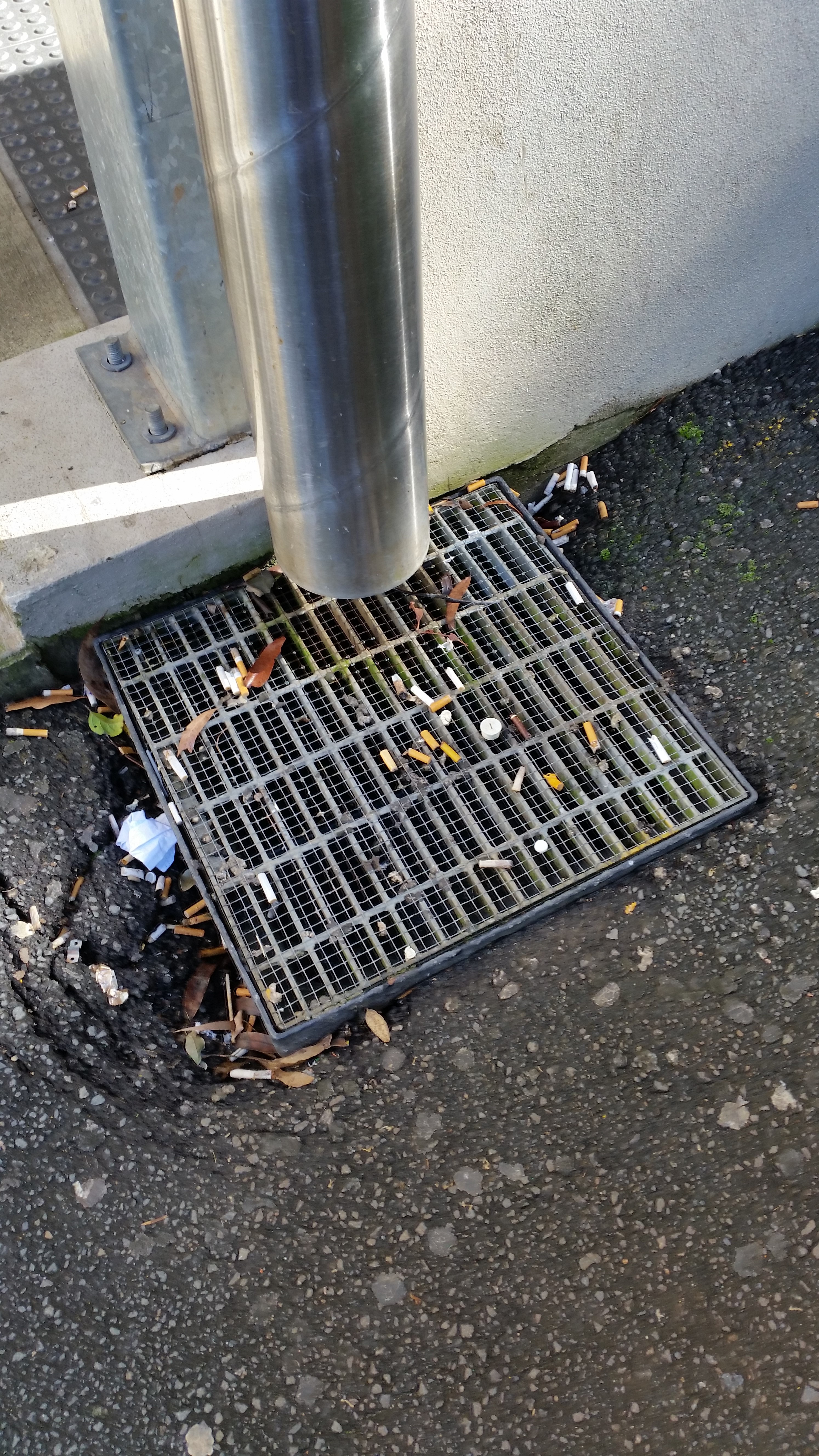|
|
Water and wastewater treatment plantsPollutants enter our water treatment and wastewater treatment systems from a variety of land uses. Litter, sediment, nutrients, pesticides and heavy metals can degrade water quality, damage infrastructure and make water treatment more costly. Microplastics and nano plastics are already present in our wastewater. While current evidence suggests that the risk to humans from plastic in our water is small, more research is needed.
Quick facts
Treatment wetlandsTreatment wetlands are a type of pollution trap that help prevent waste reaching waterways such as rivers and streams. They capture waste in the environment, allowing manual waste removal or natural waste breakdown processes. However, allowing waste to enter a natural wetland may have negative impacts on the ecosystem and is inappropriate. Constructed treatment systemsConstructed treatment systems can be used to remove pollutants and improve the quality of runoff water in urban areas. Oil, toxic chemicals and other pollutants washed from roads and roofs all impact water quality in our urban landscapes. Sediment trapsUse of sediment traps is one of many techniques for reducing runoff pollutants from crop areas. Vegetated filter strips and grass buffers are effective for reducing and trapping sediment and nutrients leaving areas such as parks and paddocks. Vegetated buffers and swalesBuffers are strips of vegetation, such as trees, bushes and grass that can be used to effectively separate wastewater from a waterway or wetland. Swales are sunken hollows or channels that can capture and divert runoff and other wastewater. Buffers and swales can be useful in reducing and trapping waste in runoff water. This can include sediment and nutrients from parks, paddocks and chemical waste from industrial sites and rubber from roads. Riparian buffer strips can also help reduce stream bank erosion, provide wildlife habitats and connect landscapes. High flow bio-filtration technologyThese technologies are optimised for high volume/high flow treatment and high pollutant removal. They filter, retain and use pollutants on-site, in highly developed areas, such as landscaped sites, parking lots and streets. Stormwater runoff enters the system through an inlet and flows through a filter before discharging to waterways. The filter captures and immobilises pollutants, which are then decomposed and used to fertilise on-site vegetation, such as garden beds. Gravity filtration technologyThis technology uses gravity and unique filter cartridges to remove high levels of waste in high flow situations. Each filter cartridge has a number of ‘tentacles’ that catch and remove floating waste, oil, debris, suspended solids and tiny particles (as small as 2 microns). The system catches a high percentage of pollutants, including phosphorus, nitrogen, metals and hydrocarbons. The filters are much smaller than in other systems, making them useful in many different situations. High efficiency coalescing separatorThese devices separate out and collect wastes, such as oil, hydrocarbons and grease, to ensure they do not enter waterways. Stormwater filter systemsFiltration devices are fitted to stormwater drains to capture pollutants such as heavy metals, suspended solids, hydrocarbons and nutrients. Several filtration systems of varying size can be used together, stopping a range of different items entering the stormwater system. Other features of filter systems include:
In-water oil and litter removal systemsThis technology skims the surface of estuarine surface waters, e.g. marinas and ports, to remove oil and floating waste. These systems can be effective, but they need regular servicing, similar to bins on land. Microplastic laundry filtersMicrofibres, including microplastics, are released into wastewater systems with each load of laundry. The technology exists to capture and prevent these materials entering wastewater systems, including filters attached to commercial and residential washing machines. Marine filtersThese filters clean marine waste from the water surface and water column to a depth of about 3 metres. They can usually clean a wide range of waste types, up to a metre in size. References
Last updated: 23 April 2025 This page should be cited as: Department of Environment, Science and Innovation, Queensland (2025) Water and wastewater treatment plants, WetlandInfo website, accessed 8 May 2025. Available at: https://wetlandinfo.des.qld.gov.au/wetlands/management/pressures/litter-illegal-dumping/management-interventions/waste-water.html |

 — Department of the Environment, Tourism, Science and Innovation
— Department of the Environment, Tourism, Science and Innovation


